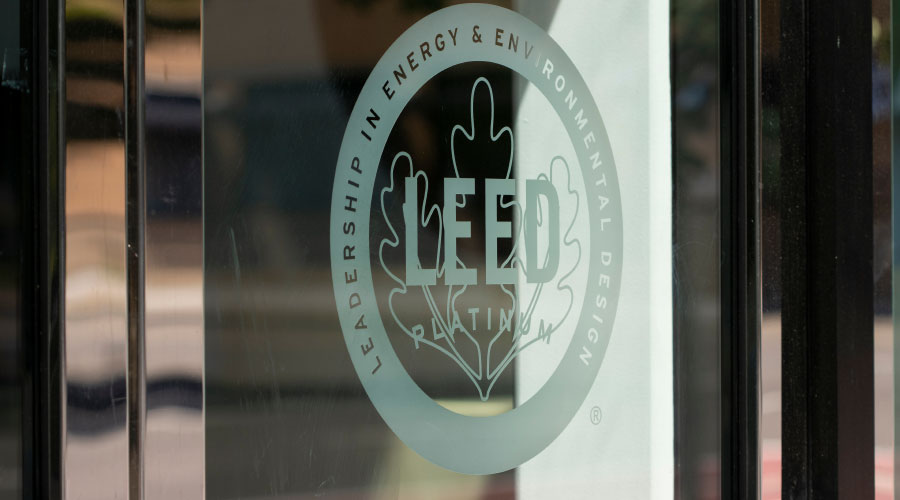USGBC Adjusts Credit Weightings, Point Scale in LEED 2009
The second major component of LEED 2009 involves adjusted credit weightings. USGBC now will give credits different weightings, depending on their ability to impact different concerns related to environmental and human health. By evaluating the individual credit against a list of 13 environmental-impact categories, USGBC will weight the credits based on their ability to mitigate those environmental issues.
The original credits are intact, but USGBC has changed the points to reflect the new weightings. It also has placed a greater emphasis on points that affect a building’s carbon footprint, such as energy efficiency and alternative transportation.
For example, the total number of points available in the energy and atmosphere category has increased from 30 to 35. The energy-efficiency credit has increased from 15 to 18 points, and the two-point credit requirement in the prerequisite has been eliminated. The renewable-energy credit has increased by two points, to a maximum possible of six. Both of these credits directly affect the building’s carbon footprint.
The 100-point scale for LEED 2009 is a result of this process. The possible base points changed from 85 for LEED-EB: O&M 2008 to 100 for the 2009 version. For LEED-EB: O&M 2009, USGBC reduced the following credits:
• Materials and Resources (MR) 1, Sustainable Purchasing: Ongoing Consumables
• MR 4, Reduced Mercury in Lamps
• MR 7, Solid Waste Management: Ongoing Consumables.
Also, the commissioning credit is broken into three separate credits, allowing for incremental improvements for a credit organizations might not have been able to achieve under the previous system. If managers are considering upgrading a registered project to LEED 2009, they should conduct an analysis to confirm certification still is possible.
Also, the weighting for the Indoor Environmental Quality category, originally 23 percent of the score under LEED-EB: O&M 2008, now drops to 15 percent of the total possible points in the 2009 version.
Other notable changes include the dramatic weight reduction in the MR category, less emphasis on green cleaning and purchasing, the addition of three credits for buildings previously certified under NC or Core and Shell (CS), a greater emphasis on sustainable sites, and a transportation-management plan.
Related Topics:















